Ever found loose threads or thin spots in a supposedly premium towel? Production defects frustrate customers and damage brand trust.
The most common towel production defects include uneven weaving, color inconsistencies, weak stitching, and problems with pile density. Brands can avoid these issues by strict quality control, using high-grade yarn, and working with experienced manufacturers who follow standard inspection protocols.
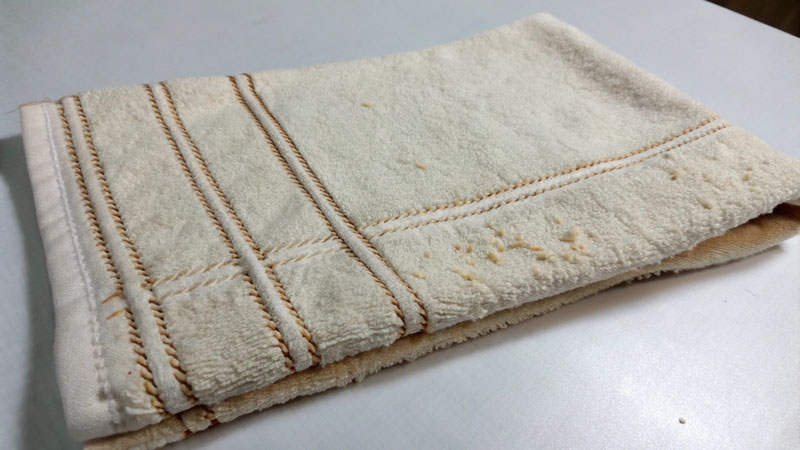
No matter what segment you serve, defect-free towels are essential for loyalty and repeat business. Let’s break down what causes these problems and how to spot or prevent them in your next order.
What are the most frequent defects seen in towel manufacturing?
Overlooking common defects leads to returns, negative reviews, and extra costs for replacements.
Major towel defects include uneven or skipped weaving (causing thin or bare spots), inconsistent dye uptake (resulting in streaks or faded color), poor stitching along hems that unravels quickly, and uneven pile height or density (making the towel rough or patchy). Lint shedding and snags are also frequent complaints when low-grade yarn or faulty finishing is used.
The main defects in towel production are weaving errors, dye or color inconsistencies, weak stitching, and poor pile control—these must be flagged in final inspection.
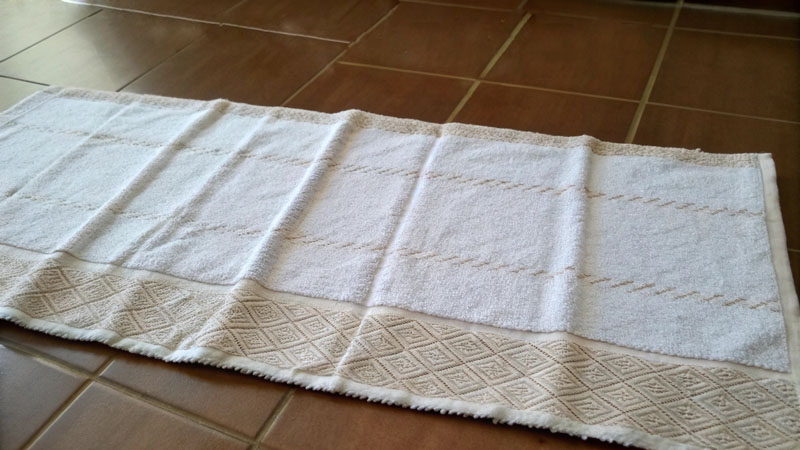
Towel Defects Table
| Defect Type | Description | Cause |
|---|---|---|
| Weaving Errors | Thin spots, loose threads | Bad loom settings, low-grade yarn |
| Color Issues | Streaks, fading, mismatched dye | Inaccurate dyeing, poor batching |
| Stitching Problems | Unraveling hems, weak seams | Faulty machines, careless work |
| Pile Defects | Uneven height/density, roughness | Bad pile setting, inconsistent tension |
Inspect physical samples for these issues before shipment.
How can brands and buyers identify defects before accepting towel shipments?
Visual checks and missed technical defects can both lead to customer pain and lost sales. Careful inspection is the only reliable safeguard.
Inspection teams should use AQL (Acceptable Quality Limit) sampling, checking for weaving uniformity, dye consistency (compare each batch and edge), tight and even seams, and smooth, even pile surface. Professional inspectors use digital magnifiers and physical strength tests on stitching and hems. Colorfastness, shrinkage, and lint shedding are tested through standardized washes.
Brands must insist on detailed AQL inspections—checking weaving, color, pile, and stitching—plus wash tests to catch hidden defects before approving towel shipments.
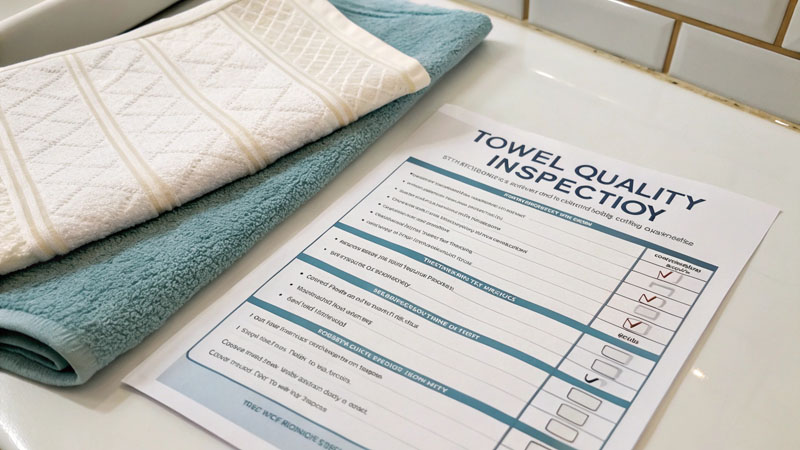
Inspection Steps Table
| Step | What’s Checked | Tools Used |
|---|---|---|
| Visual/Touch | Weave, pile, stitching, dye | Magnifier, hands |
| Batch Comparison | Color matching, density consistency | Color charts, scales |
| Wash Test | Colorfastness, shrinkage, lint | Laundry machine, scale |
| Seam Strength | Hems, edge durability | Pull test, thread cutter |
Train buyers and QC teams to use this process every time for best results.
What causes production defects, and how can manufacturers avoid them?
Hidden problems in yarn sourcing or machine setup often go undetected until it’s too late—prevention is far better than expensive fixes later.
Defects start with poor yarn quality, outdated looms or rush jobs, or inadequate dye preparation. Tackling these means sourcing verified, consistent yarn, setting modern machinery according to spec, and following disciplined batching for dye and pile control. Process monitoring and regular maintenance reduce error rates dramatically.
Manufacturers prevent defects by maintaining strict yarn controls, precise machine setting, disciplined dye and pile batching, and process monitoring at each stage.
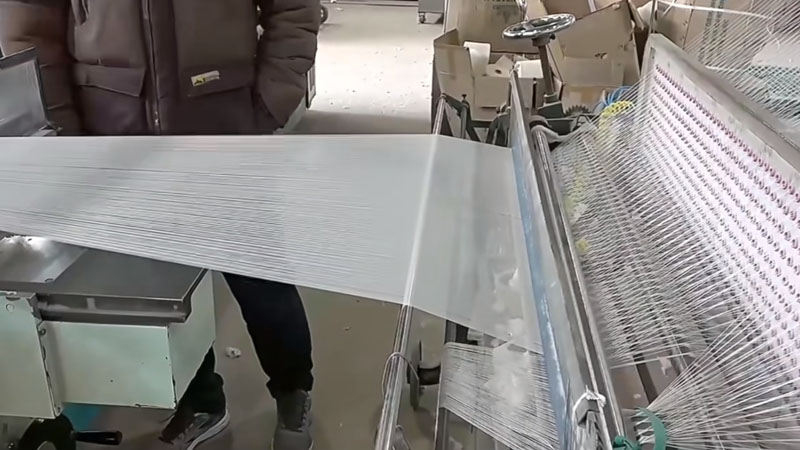
Prevention Solutions Table
| Cause of Defect | Preventive Action | Benefit |
|---|---|---|
| Poor Yarn Quality | Use reliable, certified spinners | Fewer breaks, better texture |
| Bad Machine Setting | Modern looms, expert operators | More uniform towels |
| Dyeing Errors | Batch prep, color checks | Consistent colors |
| Pile Problems | Controlled tension, sample checks | Even softness, longer wear |
Work only with suppliers who disclose and guarantee these internal controls.
How do brands set up effective quality control for towel production?
Leaving QC to the manufacturer alone risks variations between batches—structured oversight keeps brands ahead.
Brands must set up their own inspection protocols—including sample approvals before production, batch testing after dyeing, and full AQL inspection before shipment. Outsource to independent QC teams for reliable reporting or send in-house staff to audit factories periodically. Insist on written defect rates and final batch photos.
Brand-led QC means sample signoff, batch checks, full AQL before shipment, and transparent defect rates—document and archive every inspection for future claims.
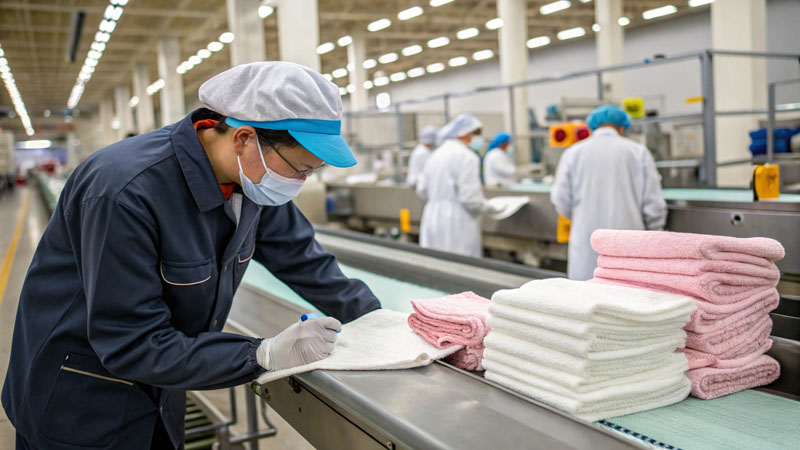
Brand QC Table
| QC Stage | What Brands Should Do | Frequency |
|---|---|---|
| Sample Approval | Review and sign off real sample | Before production |
| Batch Test | Dye/pile check on mid runs | Each production batch |
| AQL Final Check | Visual, strength, color, wash tests | Before shipment |
| Reporting | Archive test records/photos | Every order |
Keep QC records for every production—defect disputes are settled much faster with proof.
What are best practices for repeat defect reduction in long-term orders?
One-time fixes don’t prevent errors from recurring; system changes and staff training are needed for true improvement.
Standardize yarn sourcing, train staff in defect spotting, and continuously audit production setups. Offer incentives or penalties for defect rates among factory teams. Provide feedback loops to quickly address any issues noticed by retailers or end users, then update production instructions as needed.
Implement ongoing training, strict sourcing, incentives, and feedback to reduce repeat defects—this protects the brand, ensures stable supply, and builds long-term trust.
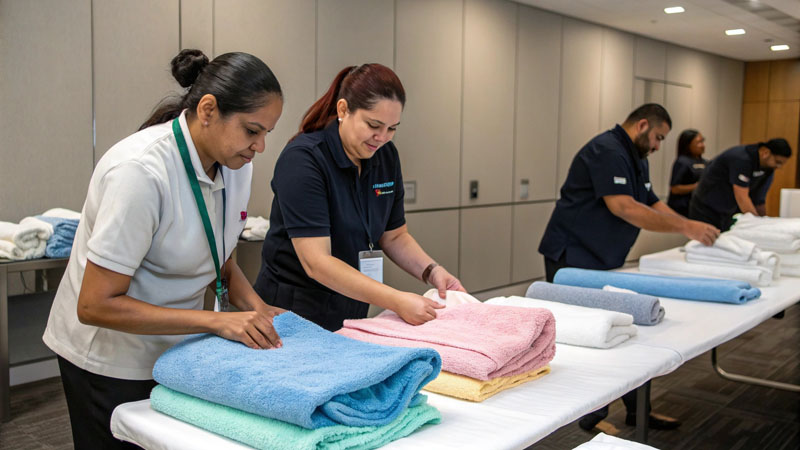
Repeat Defect Reduction Table
| Practice | Implementation | Impact |
|---|---|---|
| Staff QC Training | Regular sessions, shadowing | Fewer missed defects |
| Supplier Audits | Quarterly visits | Early error detection |
| Retailer Feedback | Track complaints, fix fast | Fewer future issues |
| Sourcing Controls | Approved yarn batch logs | Consistent product feel |
Build long-term relationships with partners who take defect prevention seriously.
Conclusion
Defects in towel production can undermine even the most promising brand or launch. Common problems include weaving errors, color flaws, weak stitching, and poor pile density. These are best addressed with strict controls, careful yarn selection, disciplined factory routines, and brand-led quality audits. As a towel specialist, I insist on written QC protocols and deep supplier transparency for every client order.
Professional Insights from Airswimwear’s 15 Years of Expertise
- Never skip physical inspection before shipment; always request real sample photos and signed QC reports for accountability.
- Demand regular supplier audits and maintain direct communication to ensure machinery, yarn, and finish quality remain up to spec.
- Establish open complaint channels for retailers and users—rapid feedback and documented fixes protect reputation and sharpen future orders.
- Incentivize defect-free production and provide factory training; consistent, error-free towels build lasting brand trust and client loyalty.
FAQs
What are the most common towel defects?
Weaving errors, color streaks, weak hems, and rough pile are most frequent in poor production runs.
How do I inspect towels for defects before shipment?
Use AQL sampling, visual checks for weave and dye, pull tests for hems, and a wash test for colorfastness and lint shed.
Can defects be fixed post-production?
Minor defects (loose threads) can be trimmed; major issues (thin spots, bad color) require rework or rejection.
How often should suppliers be audited for towel production?
Ideally every quarter; check machinery, training, and recent defect rates.
What materials are least likely to show production defects?
High-quality, long-staple cottons and certified organic yarns generally reduce major defects.
What is AQL and why is it important for towels?
AQL (Acceptable Quality Limit) is a statistical sampling method used to inspect batch product quality; it protects brands from systemic defects.
.png)







-1024x337.png)